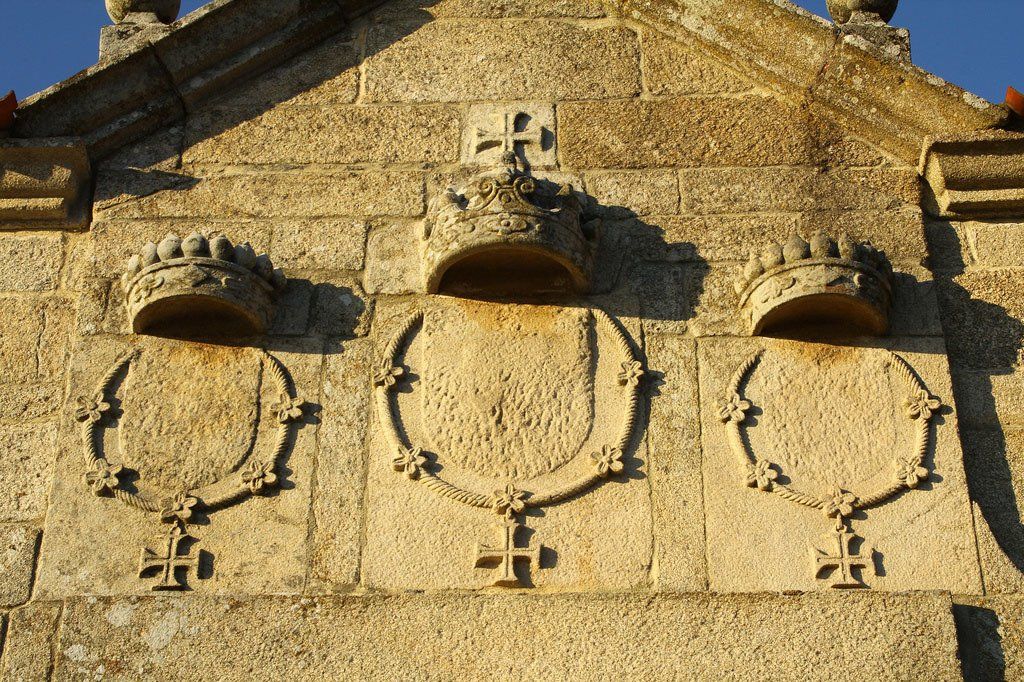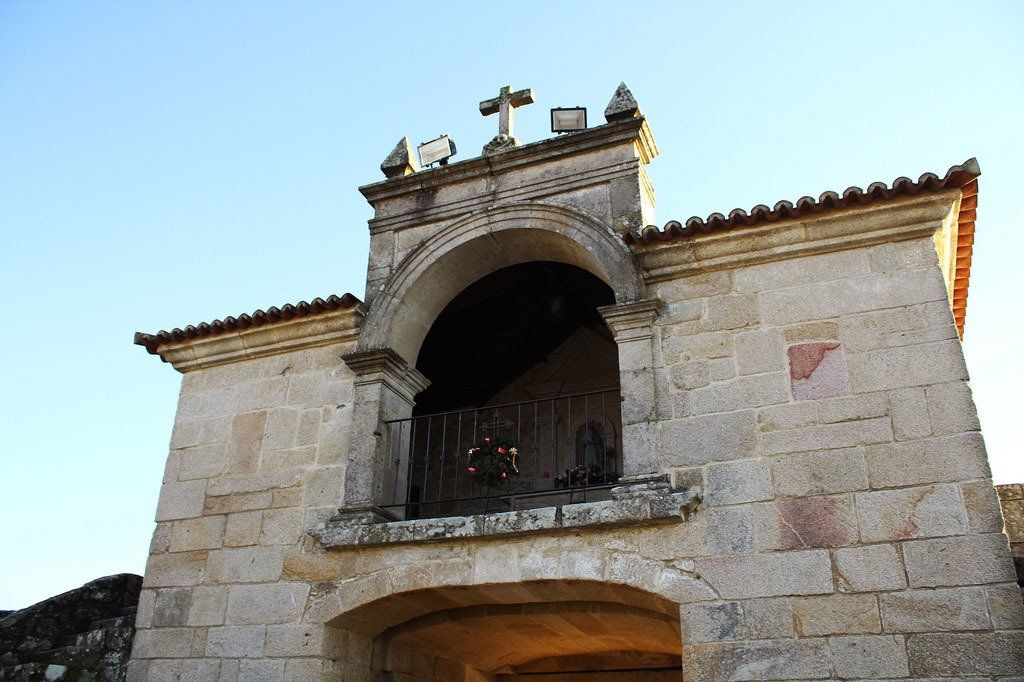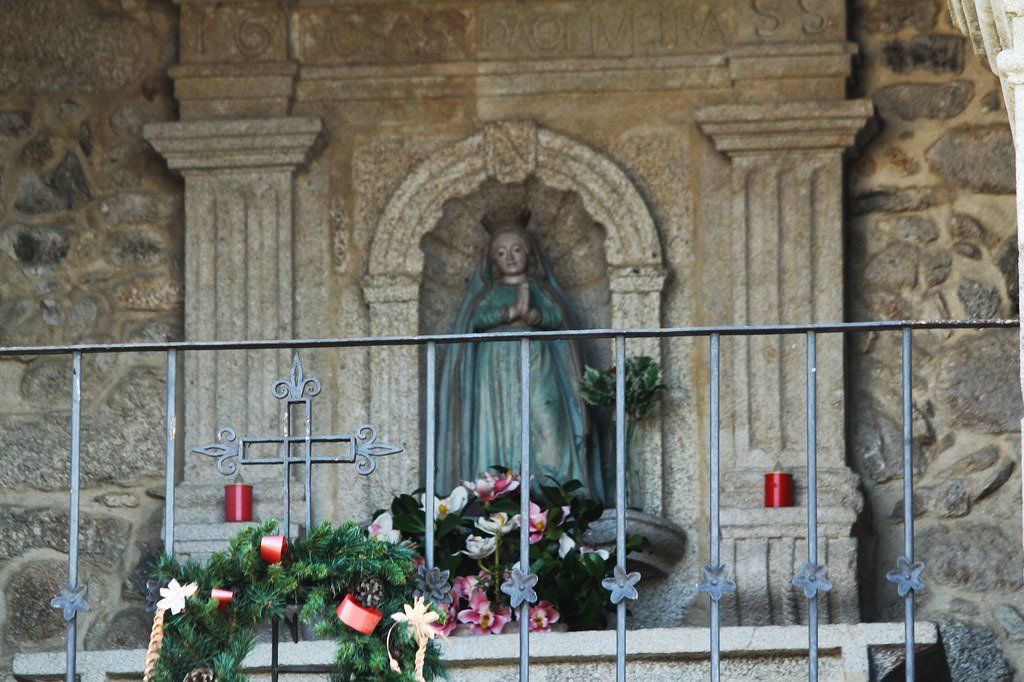Murallas de Salvaterra de Miño - Capilla de la Oliva
The Chapel of the Olive of the Castle of Salvaterra, is a monument located in the county region, in Salvaterra de Miño in the province of Pontevedra. Oriented towards the Miño river, they are arranged in the middle of a long canvas of the wall that surrounds the fortress. It was made of well-established stone ashlars, and its rectangular plan is covered with Arabic tiles on various sides. It appears emblazoned with a representation of the Virgin and is crowned with a Cross and pinnacles very characteristic of the Baroque style. The Capilla de la Oliva is integrated within the walls of the Salvaterra Castle itself, which indicates that it was built between the 10th and 11th centuries. The first walls of this castle were built in the 12th century, and as mentioned above, inside is the Chapel of the Virgen de la Oliva, built by the Portuguese during their occupation of the fortress and which you can see in the photos shown. Near it is the Pazo de Doña Urraca, today renamed "Casa del Vino", which is a beautiful mansion with large stained glass windows located at one end of the square that bears the same name, "De la Oliva". The fortress, now restored and owned by the Salvaterra City Council, was implicated in numerous acts of arms whose traces can still be found among its stones. The one that attracts the most attention is the one that can be seen at the top of the entrance. These are three Portuguese shields, data that is deduced from the appearance of the Cross of the Order of Christ, as popular south of Miño as the Cross of Santiago in Spain and that still appears in the cockades of Air Force planes Portuguese. As you can see, the crowns and necklaces are preserved from the shields, but the weapons were erased. This is because the Salvaterra fortress was in Portuguese hands during the war of separation from Portugal. Two years after the start of that war, in 1642, the then Count of Salvatierra, García Sarmiento de Sotomayor, entrusted the government of this castle to his friend, the Portuguese Gregorio Lopes de Subasta when he crossed the Atlantic Ocean to take possession of his office. as Viceroy of New Spain. Many Portuguese then fought against those who fought for separation, and there are different versions of the actions of this Lopes de Subasta. According to some Portuguese sources, Lopes had infiltrators among the Portuguese independentistas who informed him of their movements. According to other sources, he was actually a traitor who opened the gates of Salvaterra's fortress to his enemies. The fact is that on August 15, 1643, João Rodrigo de Vasconcelos y Sousa, count of Castelo Melhor (a title that, things of life, had been granted by the King of Spain Felipe III for his loyalty), took place in an operation of disembarking in which he had two batches of 250 men each (those that fit each time in the barges), finding strong resistance among the Galicians. In the 16 years that they owned the castle, the Lusses did not waste time: they built the current walls and improved the defenses, hence the door that can be seen in the photos has Portuguese shields.











